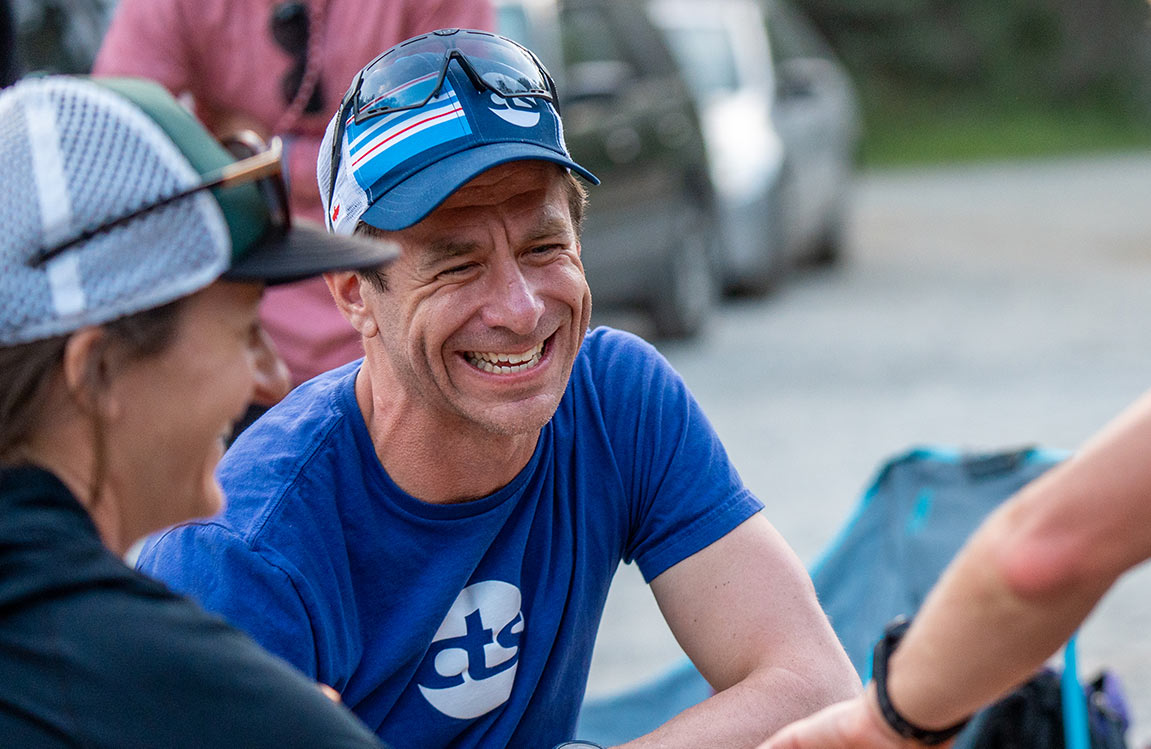
Coach Koop: Why ‘Concentrated Volume’ Matters for Ultrarunners
By Jason Koop,
Head Coach of CTS Ultrarunning,
Author of “Training Essentials for Ultrarunning”
In the worlds of endurance and ultraendurance training, adding more – of anything, to an extent – is a dependable way to improve performance. Just about any reasonable increase in overall workload (i.e., time on feet, elevation gain, strides, strength training or really anything) will likely result in some level of improvement. But there are obviously limits. You can’t simply add more of everything, and people who try end up injured, exhausted, and burned out. A wiser way to “do more” is by rearranging what you’re already doing so your efforts can be more effective within your existing training volume.
More hours or miles is not always the answer. For most athletes I work with I look first to rearrange training so that it’s more effective. Adding hours comes second. I’d argue that adding before rearranging is lazy coaching. Adding workload through by increasing hours is easy but inefficient and increases an athlete’s risks for maladaptation and injury. Rearranging the workload can be more complicated, but I find it carries lower risk in the short term. In the long term, it creates a reserve of available time an athlete can leverage when higher volume is necessary. If you max out volume prematurely and wastefully, an athlete has nowhere to go.
Adding volume vs. concentrating volume
Some people have the available time to increase weekly training hours. The question is whether it’s better to increase total weekly volume or rearrange and reconfigure runs to concentrate workload without increasing weekly hours? I don’t think it’s a binary choice as much as a progression based on circumstances and limitations. For instance, I would rearrange workouts when the weekly volume is capped somehow (e.g., injury, schedule limitations, etc.). Then, as a second measure, I would increase volume on the longest day. Making long days longer typically increases training stress more than accumulating those same hours in separate workouts. If that works but I need more, then I’ll seek to add overall volume (hours). So, in order, my priorities are rearrange -> increase duration of longest day -> increase total volume.
Concentrated Volume
Volume concentration is one of the most tried and true ways to make more out of your weekly volume. The process is simple, take the normal number of miles or hours you run per week and concentrate more of the volume on a select few days. This type of training manipulation is particularly advantageous during high volume phases where you are trying to maximize your long runs. I would utilize this strategy for any athlete in the final 8 weeks of training leading into a race, either with or without an overall volume increase.
Here’s how you do it
Step one: Normalize your daily training volume. Do this by taking an average of the last four weeks of training across each day per week.
Step two: Move the volume around. Move half (or greater if you feel the need) of the volume on your two lowest days and move it to the days with the highest volume.
You’ve now rearranged the same amount of weekly volume so that it’s concentrated on two days during the week.
An example of a fictitious runner’s training 9 hours per week is below.
► Free Ultrarunning Training Assessment Quiz
Take our free 2-minute quiz to discover how effective your training is and get recommendations for how you can improve.
Old Plan
New Plan
In this way, the 30 min of extra time on the longer runs will likely have a bigger impact than they would on the easier runs. You can more aggressively concentrate the volume (make the longer runs longer and the shorter runs shorter) if you are a more advanced runner.
Final note
Adding more miles and more time to your training can result in meaningful improvement. It’s the de facto way all endurance athletes have used to get faster and stronger. But simply applying more does not have to be the way. So before you simply apply more, take a hard look at what you are currently doing. Chances are, you can do more with what you got.
Enjoying This Article? Get More Free Running Training Tips
Get our coaches' best training advice, delivered straight to your inbox weekly.
Contains excerpts from Jason Koop’s column in Ultrarunning Magazine.
References-
Mølmen, K. S., Øfsteng, S. J., & Rønnestad, B. R. (2019). Block periodization of endurance training – a systematic review and meta-analysis. Open access journal of sports medicine, 10, 145–160. https://doi.org/10.2147/OAJSM.S180408


Comments 1
Smart idea! Cool 😎